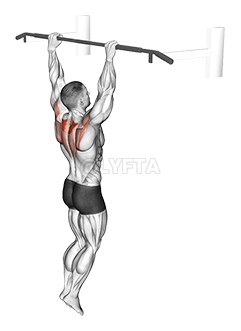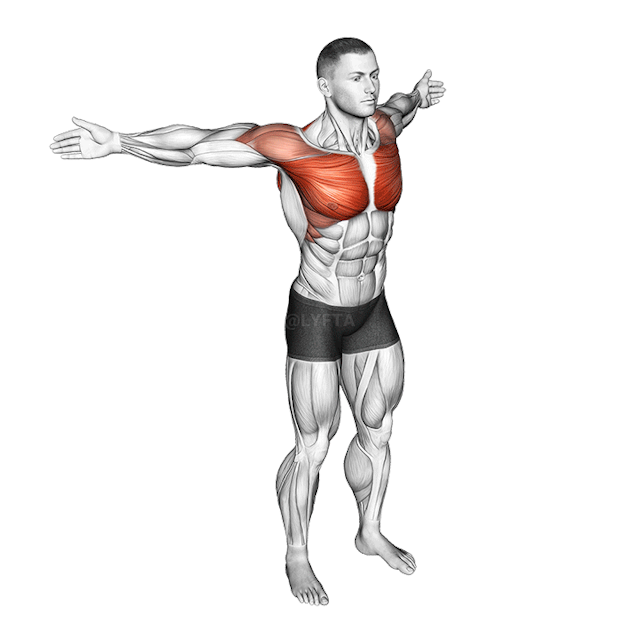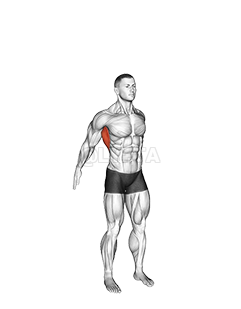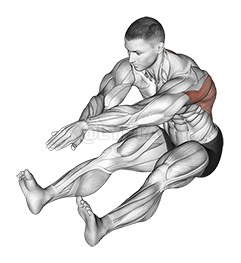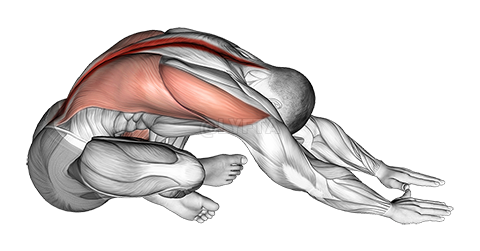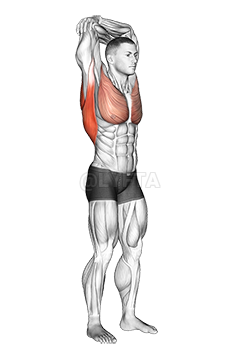
Spine Stretch
Exercise Profile
Related Exercises:
Introduction to the Spine Stretch
The Spine Stretch is a beneficial exercise that promotes flexibility, decompresses the spine, and helps improve posture. It's ideal for individuals who spend long hours sitting, those recovering from back injuries, or anyone wishing to enhance their overall spinal health. Incorporating this exercise into your routine can help alleviate back pain, reduce stress on the spine, and improve your body's alignment and mobility.
Performing the: A Step-by-Step Tutorial Spine Stretch
- Extend your arms straight out in front of you at shoulder height, keeping your shoulders down and away from your ears.
- Inhale deeply and as you exhale, start to round your spine forward from the top of your head, imagining you're peeling your spine off a wall behind you.
- Continue to curl forward until your hands reach towards your toes, or as far as is comfortable for you, keeping your abdomen pulled in so you feel a nice stretch in your lower back.
- Slowly roll back up to the starting position, restacking your spine one vertebra at a time, and repeat the exercise as desired.
Tips for Performing Spine Stretch
- Controlled Movement: Avoid rushing through the movement. The spine stretch should be performed slowly and with control. As you exhale, start to curl down from the top of your spine, imagining each vertebra bending forward one at a time. This will help to ensure that you are truly stretching your spine and not just hinging at the hips.
- Avoid Overstretching: It's important to listen to your body and avoid overstretching, which can lead to injury. Don't try to force your body into a deeper stretch by pulling on your legs or rounding your back excessively. The stretch should be comfortable and you should feel a gentle pull along
Spine Stretch FAQs
Can beginners do the Spine Stretch?
Yes, beginners can do the Spine Stretch exercise. However, they should start with a gentle version and gradually increase the intensity as their flexibility and strength improve. It's also important that beginners learn the correct form to avoid injury. They might find it beneficial to do this exercise under the guidance of a trained professional, like a physical therapist or a certified yoga or Pilates instructor.
What are common variations of the Spine Stretch?
- Standing Spine Stretch: In this variation, you stand upright, then bend forward at the waist, allowing your head and arms to hang towards the floor to stretch your spine.
- Supine Spine Stretch: This involves lying on your back, pulling your knees to your chest, and gently rocking side to side to stretch your spine.
- Child's Pose Spine Stretch: This yoga pose involves sitting on your heels, then bending forward until your forehead touches the floor, stretching your spine.
- Cat-Cow Spine Stretch: This yoga pose involves getting on all fours, then alternately arching and rounding your back to stretch your spine.
What are good complementing exercises for the Spine Stretch?
- The Child's Pose also complements the Spine Stretch because it elongates and stretches the back muscles, improves blood circulation along the spine, and helps in relieving back and neck pain.
- The Bridge Pose is another exercise that works well with the Spine Stretch as it strengthens the back muscles and spine, improves spinal alignment, and enhances overall back flexibility.
Related keywords for Spine Stretch
- Body weight back exercises
- Spine Stretch workout
- Back strengthening exercises
- Bodyweight exercises for back
- Spine stretching routines
- Home exercises for back pain
- Spine Stretch exercise benefits
- How to do Spine Stretch exercise
- Bodyweight spine exercises
- Back pain relief exercises.

